
Index of refraction
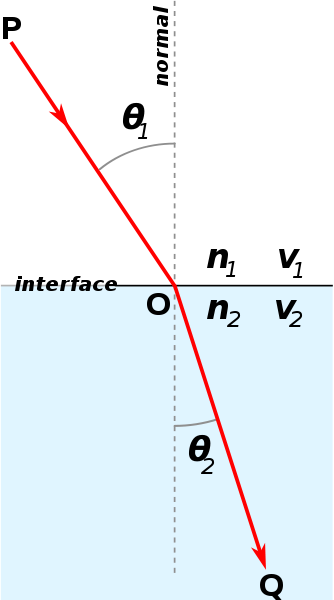
Refraction is the bending of light rays when passing through a surface between one transparent material and another. It is described by Snell's Law:
where is Θ1 the angle between the ray and the surface normal in the first medium,
Θ2 is the angle between the ray and the surface normal in the second medium, and n1 and n2 are the index of refraction, n1 = 1 in a vacuum and n > 1 in a transparent substance.
Snell's law is used to determine the direction of light rays through refractive media with varying indices of refraction. The indices of refraction of the media, labeled n1, n2 and so on, are used to represent the factor by which a light ray's speed decreases when traveling through a refractive medium, such as glass or water, as opposed to its velocity in a vacuum.

As light passes the border between media, depending upon the relative refractive indices of the two media, the light will either be refracted to a lesser angle, or a greater one. These angles are measured with respect to the normal line, represented perpendicular to the boundary. In the case of light traveling from air into water, light would be refracted towards the normal line, because the light is slowed down in water; light traveling from water to air would refract away from the normal line.
Refraction between two surfaces is also referred to as reversible because if all conditions were identical, the angles would be the same for light propagating in the opposite direction.
The refractive quality of lenses is frequently used to manipulate light in order to change the apparent size of images. Magnifying glasses, spectacles, contact lenses, microscopes and refracting telescopes are all examples of this manipulation.
Thomas Young was presumably the person who first used, and invented, the name "index of refraction", in 1807. At the same time he changed this value of refractive power into a single number, instead of the traditional ratio of two numbers. The ratio had the disadvantage of different appearances. Newton, who called it the "proportion of the sines of incidence and refraction", wrote it as a ratio of two numbers, like "529 to 396" (or "nearly 4 to 3"; for water).
Dispersion
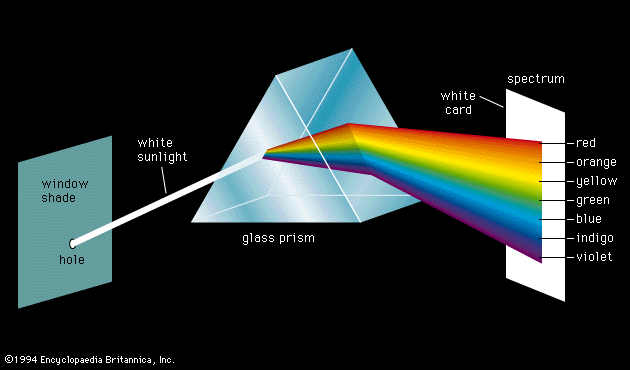
The refractive index of materials varies with the wavelength (and frequency) of light. This is called dispersion and causes prisms
and rainbows to divide white light into its constituent spectral colors. As the refractive index varies with wavelength, so will
the refraction angle as light goes from one material to another.
Dispersion also causes the focal length of lenses to be wavelength dependent.
This is a type of chromatic aberration, which often needs to be corrected for in imaging systems. In regions of the spectrum where the
material does not absorb light, the refractive index tends to decrease with increasing wavelength, and thus increase with frequency.
Total internal reflection

When light crosses a boundary between materials with different kinds of refractive indices, the light beam will be partially refracted at the boundary surface, and partially reflected.
However, if the angle of incidence is greater (i.e. the ray is closer to being parallel to the boundary) than the critical angle – the angle of incidence at which light is refracted such that it travels along the boundary – then the light will stop crossing the boundary altogether and instead be totally reflected back internally. This can only occur where light travels from a medium with a higher [n1=higher refractive index] to one with a lower refractive index [n2=lower refractive index]. For example, it will occur when passing from glass to air, but not when passing from air to glass.
Critical angle
The critical angle is the angle of incidence above which total internal reflection occurs. The angle of incidence is measured with respect to the normal at the refractive boundary (see diagram illustrating Snell's law).
Consider a light ray passing from glass into air. The light emanating from the interface is bent towards the glass. When the incident angle is increased sufficiently, the transmitted angle (in air) reaches 90 degrees. It is at this point no light is transmitted into air. The critical angle is given by Snell's law,
![]()
![]()
To find the critical angle, we find the value for Ɵi when Ɵt = 90° and thus sinƟt=1 . The resulting value of Ɵi is equal to the critical angle Ɵc .
Now, we can solve for Ɵi , and we get the equation for the critical angle:
![]()


The use
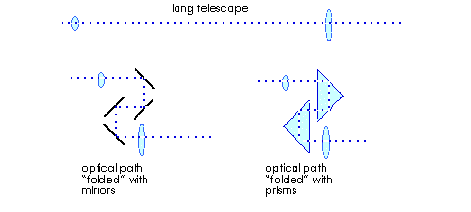
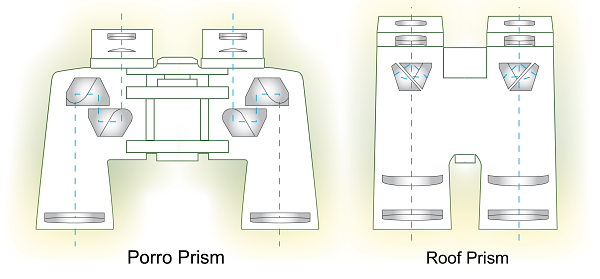
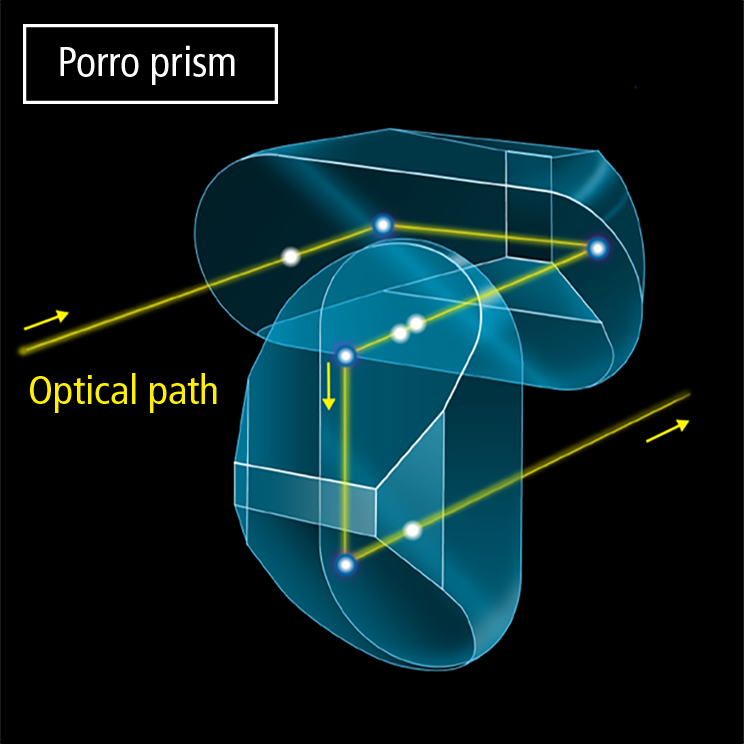
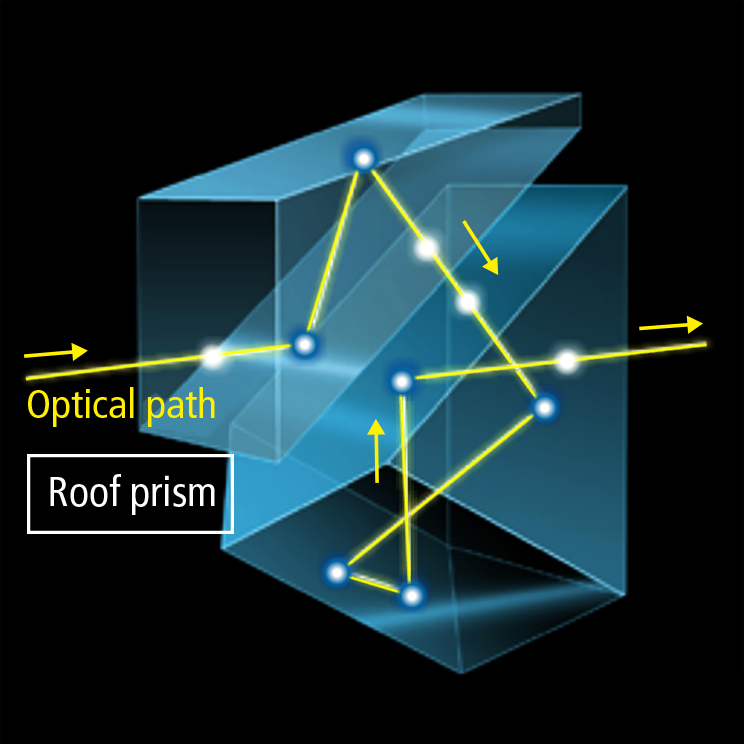
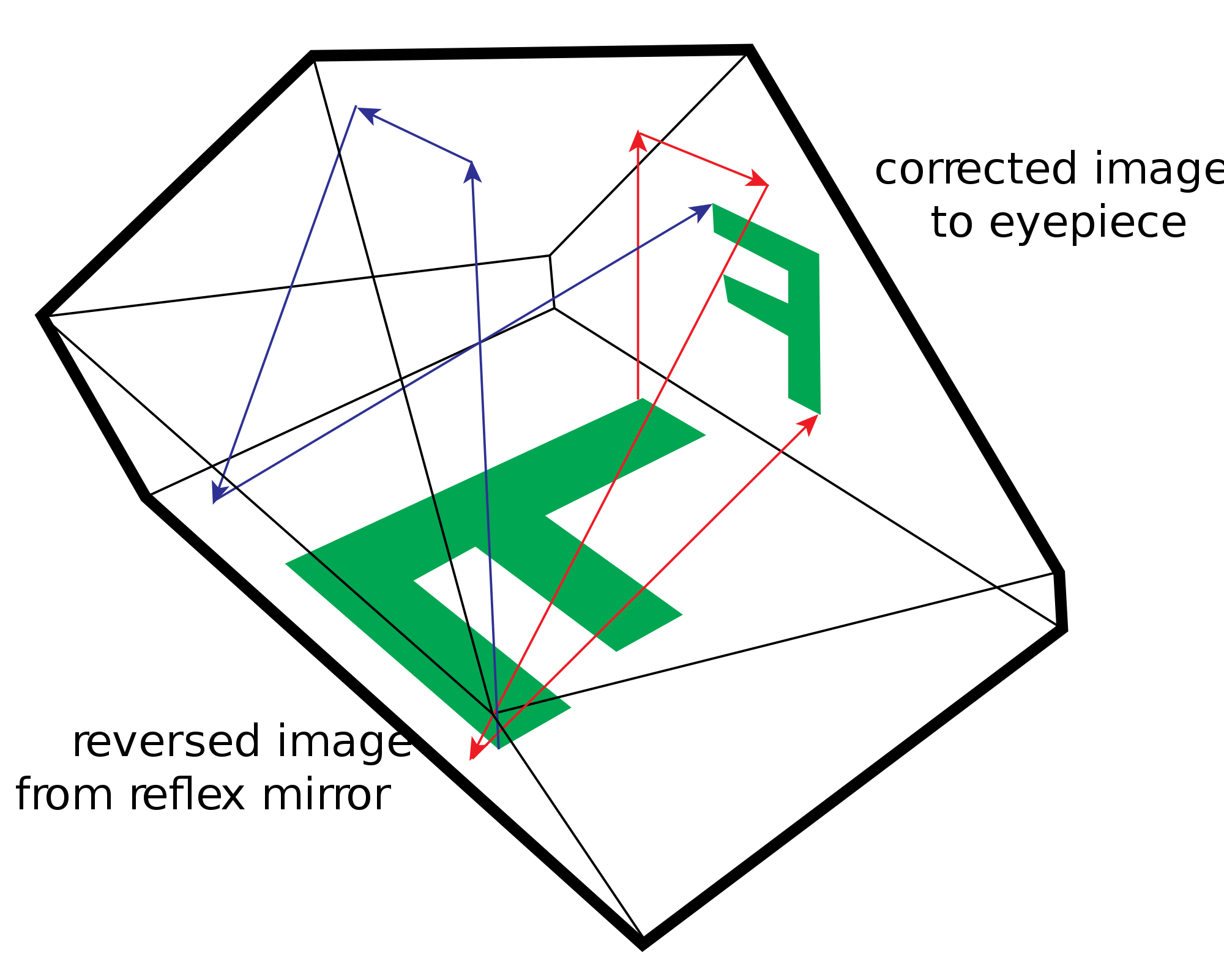
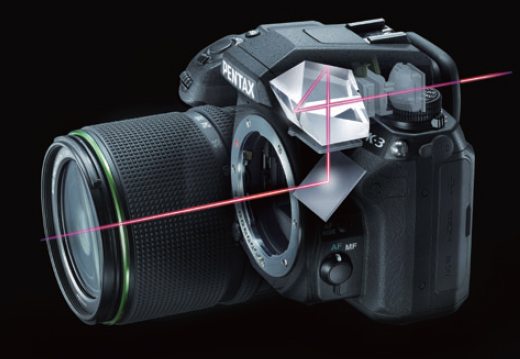
Optical fibers
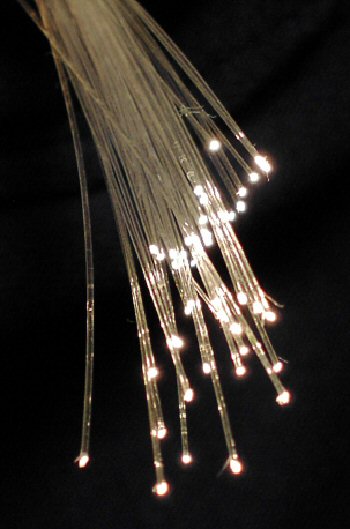
Optical fibers typically include a transparent core surrounded by a transparent cladding material with a lower index of refraction. Light is kept in the core by total internal reflection. This causes the fiber to act as a waveguide. Fibers that support many propagation paths or transverse modes are called multi-mode fibers (MMF), while those that only support a single mode are called single-mode fibers (SMF). Multi-mode fibers generally have a wider core diameter, and are used for short-distance communication links and for applications where high power must be transmitted. Single-mode fibers are used for most communication links longer than 1,050 meters (3,440 ft).
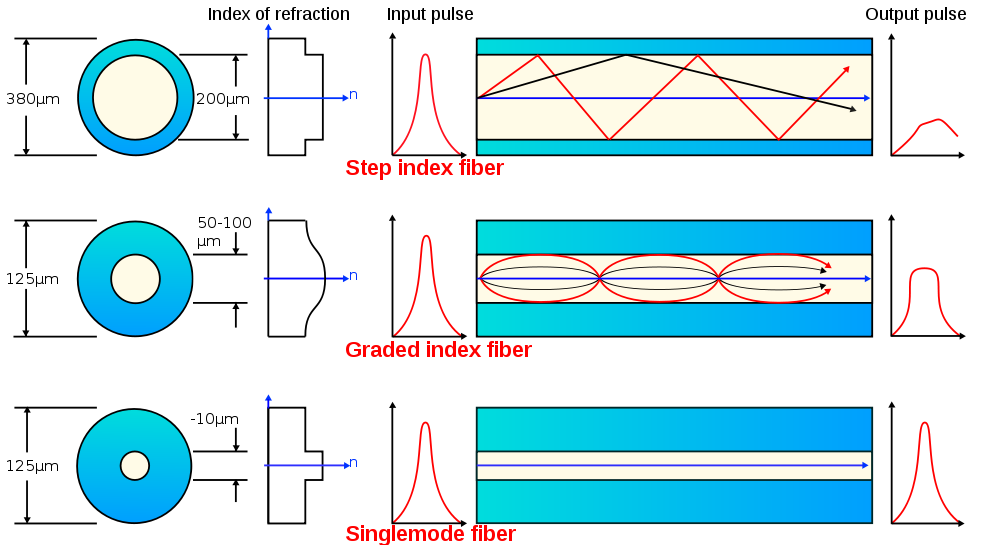
Joining lengths of optical fiber is more complex than joining electrical wire or cable. The ends of the fibers must be carefully cleaved, and then spliced together, either mechanically or by fusing them with heat. Special optical fiber connectors for removable connections are also available.